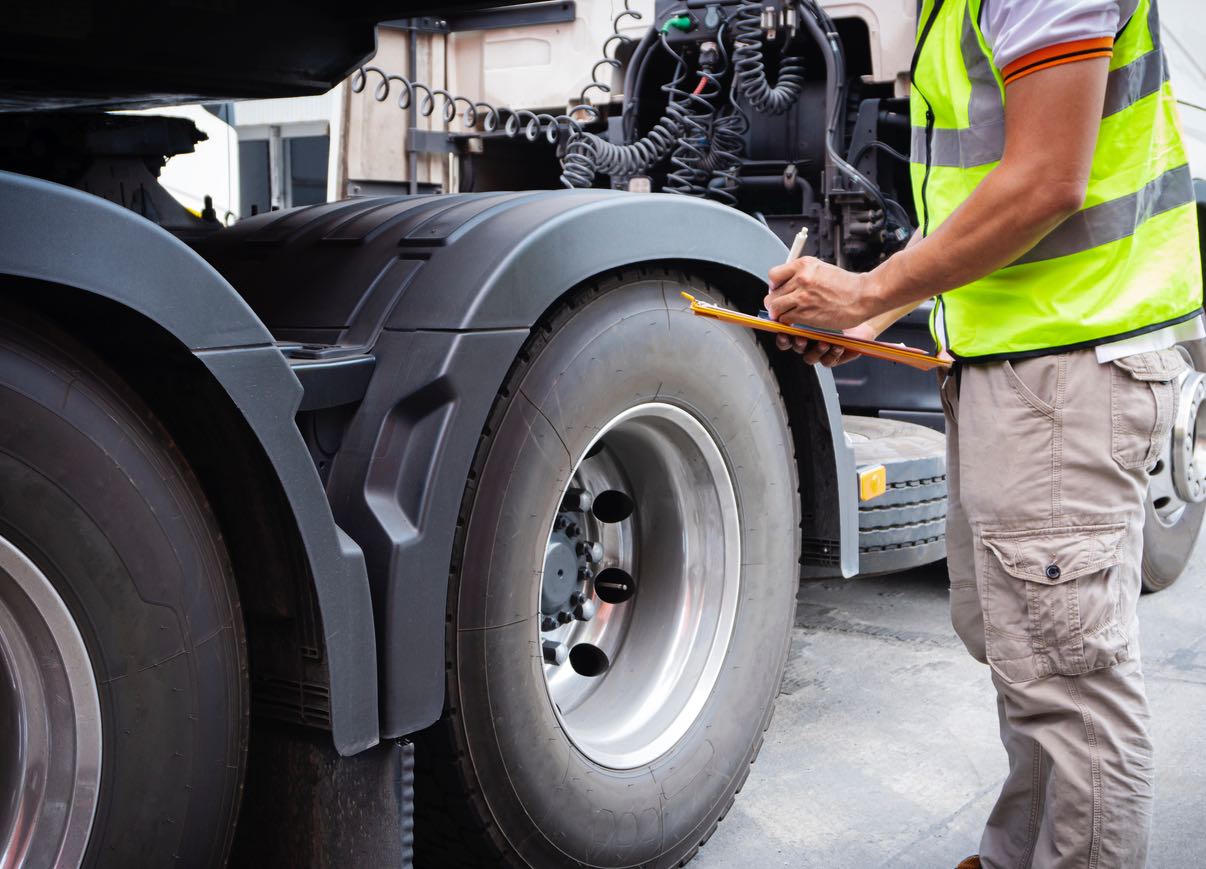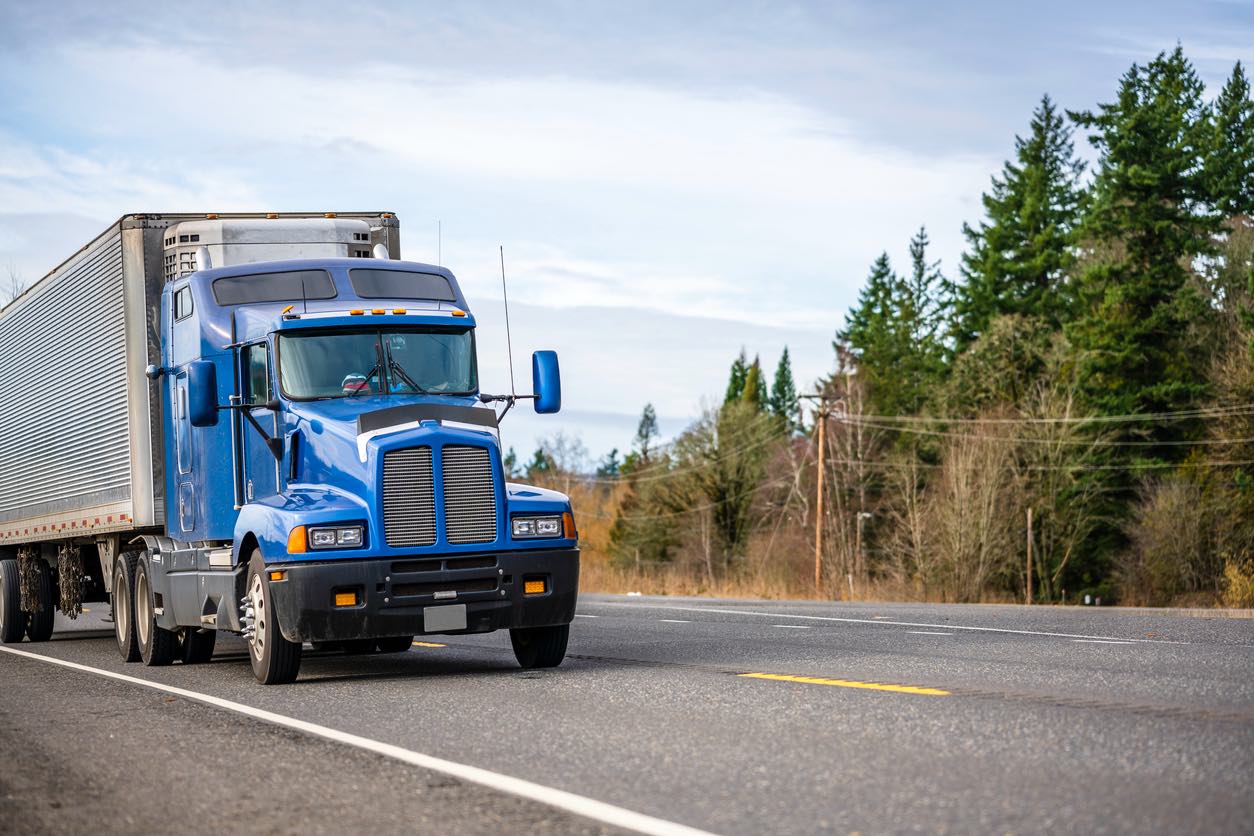The routes in Wyoming present a distinct set of difficulties for truckers because of the state’s stunning yet rough landscape. These roads become dangerous routes due to the erratic weather in the state, especially in the harsh winter months. A startling 84% of blow-over incidents in Wyoming between 2018 and 2022 had trucks traveling straight ahead, demonstrating the serious consequences of high winds even on the most direct routes. This concerning figure underscores the necessity for strong safety precautions as well as the inherent risks associated with these roadways.
Recognizing the seriousness of the matter, the state’s transportation agency has taken innovative steps to confront these obstacles. In addition to reducing accidents, these measures also aim to maintain the uninterrupted and secure flow of trade and transportation, both of which are essential to Wyoming’s economy. Real-time information and enhanced warning systems are critical as trucks traverse these dangerous roads, often carrying heavy loads of essential goods. The intention is to turn these dangerous highways into safer routes so that every trip, no matter how difficult, ends safely.

Harnessing Technology for Enhanced Road Safety
Wyoming’s dedication to road safety is seen by the way it has responded to the frequent and hazardous blow-over crashes. In addition to marking a significant advancement in traffic management technology, WYDOT’s new highway message system demonstrates a commitment to safeguarding truck drivers and other road users. This technology is a critical advancement in reducing the hazards connected with these collisions by warning drivers about at-risk vehicle weights in locations that frequently experience strong winds.
Cutting-Edge Technology for Prevention: The Wyoming Department of Transportation (WYDOT) is putting in place a cutting-edge roadside message system to combat the risk of blow-over crashes. The purpose of this system is to warn drivers about vehicle weights that might be dangerous in strong winds, especially at well-known locations such as sections of Wyoming Highway 28, Interstate 80, and Interstate 25.
Advanced Warning and Planning: As part of this project, the Commercial Vehicle Operator Portal will give truck drivers information on possible road closures and expected wind conditions up to 72 hours in advance, allowing them to more efficiently plan their trips.

This section explores the trends and circumstances behind blow-over crashes in Wyoming during the previous five years, highlighting the need for improved safety precautions and exposing some startling tendencies. It offers an analysis of data that is essential for comprehending the extent and character of these occurrences, which mostly concern commercial automobiles.
Trends and Conditions: December, February, January, and November have been the worst months in Wyoming for blow-over crashes during the previous five years. It’s interesting to note that 73% of these incidents happened on dry pavement, defying the widespread belief that these kinds of collisions happen more frequently in snowy or rainy weather.
Commercial Vehicles at the Forefront: A startling 98% of blow-over collisions involved commercial trucks, the majority of which were either empty or transporting general freight. This number emphasizes the significance of focused safety measures as well as the crucial role that commercial trucks play in these events.

Minimizing accidents requires an understanding of the critical roles that wind and road conditions play in truck safety. In Wyoming, the Wyoming Department of Transportation (WYDOT) uses real-time data to guarantee trucker safety because wind speeds may have a significant impact on driving conditions.
Real-Time Monitoring and Predictive Messaging: For its weight-based wind closures, WYDOT uses real-time wind gusts; highways are left open until inclement weather is genuinely detected. Drivers receive important advance warnings from predictive messaging on electronic boards, such as ‘High Wind Forecast, Expect Crosswinds 60+’ or ‘Expect Closure to Light/High Profile Vehicles’.
Research-Backed Strategies: Truckers’ safety on the road has been significantly improved by WYDOT’s ability to provide precise weight limitations during high-wind situations thanks in large part to research from the University of Wyoming. This proactive strategy, supported by scientific findings, considerably lowers the chance of blow-over collisions, especially in Wyoming’s windy regions.

With a multifaceted approach, the Department of Transportation (WYDOT) of Wyoming is ensuring that truckers drive safely in strong wind conditions. This strategy combines readily available communication platforms, predictive analytics, and real-time monitoring.
Statewide Monitoring and Real-Time Updates: WYDOT will actively monitor present and predicted wind speeds, as well as road geometry, by utilizing cutting-edge technologies. In order to reduce the likelihood of blow-over incidents, safe vehicle weight standards must be determined using this data. Updates are quickly sent over many channels, guaranteeing that drivers are provided with the most recent data.
CVOP and Statewide Tools for Safe Travel: The Commercial Vehicle Operator Portal (CVOP), which gives truckers personalized route and trip information, is the hub of this initiative. Furthermore, WYDOT provides all drivers with thorough travel information via Wyoming’s 511 resources, which include an easy-to-use mobile app. These tools equip drivers with the information they need to make wise and safe travel choices.
In addition to improving trucker safety, WYDOT’s proactive, technologically advanced strategy is a national model for transportation authorities. Wyoming is leading the way in road safety management by emphasizing accessibility and real-time data, especially for commercial trucks that are prone to blow-over crashes.

Wyoming’s commitment to prevent blow-over crashes with modern technology and predictive systems represents a big stride in boosting road safety for truckers. Through the integration of real-time data, tactics supported by research, and creative messaging, WYDOT is not only resolving an urgent safety concern but also guaranteeing the uninterrupted functioning of vital transportation routes. This proactive strategy might serve as a model for other states facing comparable issues as the winter months get near. The incorporation of these data-driven solutions is indicative of Wyoming’s dedication to mitigating traffic risks and safeguarding the lives of individuals using these crucial commercial highways.
The success of this program depends on its capacity to adjust to shifting circumstances and give truck drivers timely, useful information. As additional states take note of Wyoming’s efficient blow-over risk management, it may spur the national adoption of comparable technology, which would have a greater influence on transportation safety. Therefore, Wyoming’s efforts are more than just a local fix; they are a model of innovation in the field of highway safety and have the potential to change the way the trucking business functions nationwide. This innovative strategy improves the nation’s supply chain’s dependability and efficiency in addition to protecting drivers.

Ship A Car, Inc. (SAC) is the top option for transporting cars and freight throughout the United States, having been in the business for more than ten years. Our dedication to providing excellent customer service and in-depth knowledge of national transportation logistics assures you that your shipping needs will be handled with care and competence. Give us a call at (866) 821-4555 to schedule your delivery and learn more about our offerings.
Q: What does Wyoming’s new trucker-focused highway message system mean?
A: With the new technology, truckers will receive early alerts about vehicle weights that put them at danger of blow-over, particularly in areas that are known to be strong wind zones. This aids in pre-trip preparation and educated decision-making for secure travel.
Q: What benefits does Wyoming’s Commercial Vehicle Operator Portal provide truck drivers?
A: Truckers can plan safer routes and steer clear of high-risk zones with the help of the site, which provides projected wind conditions and possible road closures up to 72 hours in advance.
Q: What steps is Wyoming implementing to avoid collisions caused by blow-overs?
A: Wyoming is using real-time wind data for weight-based wind restrictions and is putting in place a message system for the roads to warn drivers about vehicles with weights that put them at risk.
Q: What tools are available to truck drivers to deal with the state of the roads in Wyoming?
A: Truckers may get customized road and travel information from the state’s 511 tools and WYDOT’s Commercial Vehicle Operator Portal, which will assist them in making well-informed decisions.




